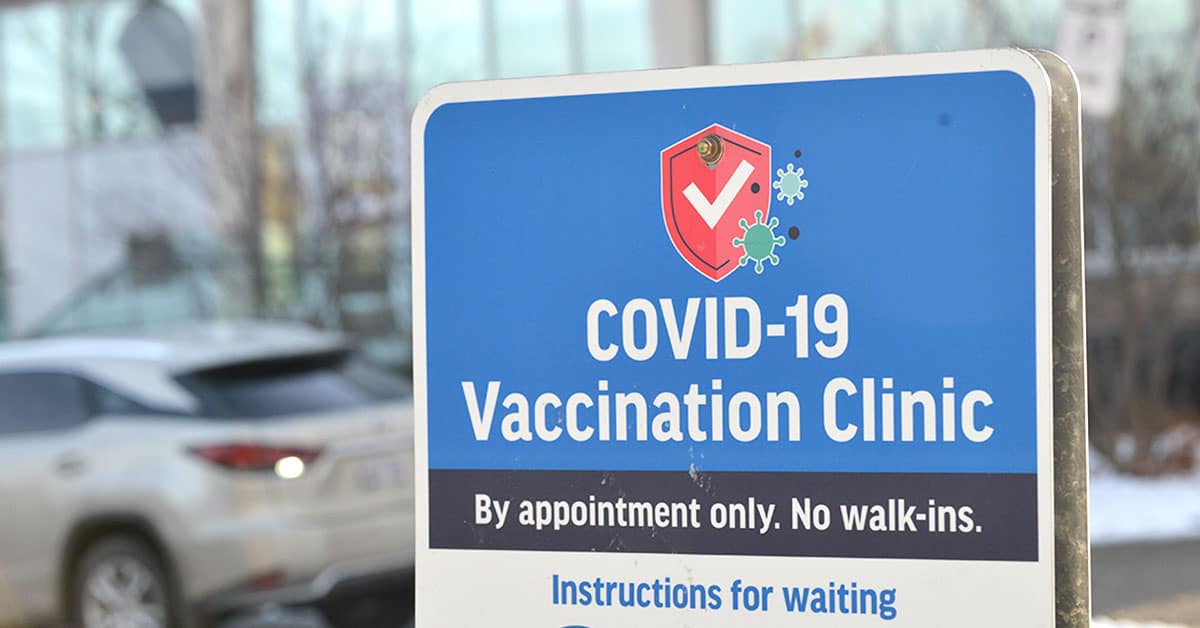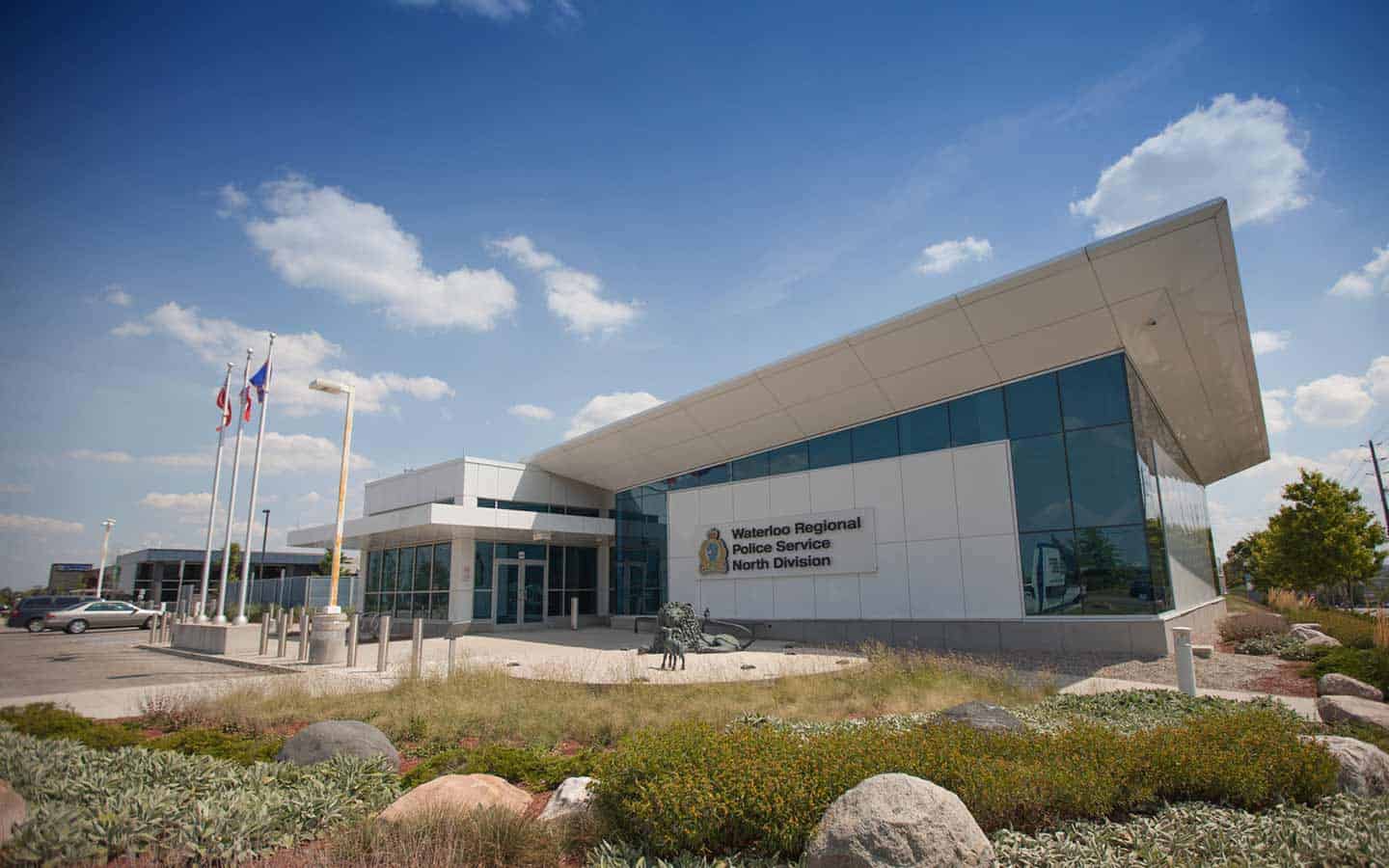Nobody asked for an easily transmissible new COVID variant for Christmas. Likewise for a return to lockdown conditions. But that’s what Ontarians got, as the Omicron strain of the virus saw a massive spike in cases that prompted the government to impose new restrictions.
On December 1, the province saw 780 new cases of COVID-19. By month’s end, that number was 16,713. Another 194 people died in that span.
That was enough for the province to roll back its reopening plan.
“Omicron case counts are rising exponentially across the province. We face a tsunami of new cases in the days and weeks ahead. As we do, virtually everyone in this province will know someone who has been exposed to this virus. Omicron isn’t like the other variants – it’s much, much more transmissible, so the math isn’t on our side,” Ontario Premier Doug Ford said Monday in announcing new restrictions.
“Based on the current trends, our public health experts say we could see hundreds of thousands of cases every single day. Over the past few days, we have started to see an alarming number of new hospital transmissions, now with triple-digit admissions into hospitals every single day.”
As of Wednesday, the province returned to a modified Step 2 of its Roadmap to Reopen for at least three weeks.
Students will return to remote learning for the first two weeks of the new year. Restaurants will no longer be doing indoor dining, theatres and museums will be closed, and malls will operate at 50 per cent capacity.
“The immediate goal of these measures will be to blunt the latest wave so we can ease the pressures on our hospitals and allow more time to deliver these all-important booster shots. We need to prioritize the health and safety of our kids and our school staff, as a result we will be delaying our return to in-class learning for the next two weeks and continue with virtual learning for the duration of the time away,” said Ford.
“I know this isn’t the news anyone wants to hear but with the new variant, the ground is shifting every single day. The level of absenteeism we are seeing in other sectors tells us with absolute certainty that operating schools, ensuring teachers are in the classroom and not home sick, will be a challenge we cannot overcome in the short term. These two weeks will provide much needed time for more vaccines, more boosters, more time for health measures to blunt the rise in cases.”
Waterloo Region is currently reporting record high case numbers with more than 3,800 at midweek. Neighbouring Wellington-Dufferin-Guelph is also seeing high case rates reporting some 2,500.
The large spikes prompted local health officials to stress the importance of protective measures during the region’s weekly pandemic briefing last Friday.
“Omicron continues to spread rapidly across the province and in our region. It spreads much more easily than any other variant so far. We need to continue to follow public health precautions while Omicron remains a threat. We also need to increase our protection by getting a third dose of the COVID-19 vaccine. Even with the vaccine the sheer number of people who are getting Omicron means that the number of hospital admissions and admissions to ICU are increasing. The most severe outcomes will be among those who are not vaccinated. We all need to reduce our social contacts to blunt this wave and reduce additional stress on our healthcare system,” said associate medical officer of health Dr. Rabia Bana.
“You can get infected and spread the virus, even if you are vaccinated and have no symptoms. Wear a well-fitting mask when around those outside of your household and avoid poorly ventilated and crowded spaces.”
Bana noted the hospital system is already feeling the effects of an increase in hospitalizations from COVID. She asked residents to limit their social contacts to help stop the spread of this new variant as it makes its way across the province.
Some 86 per cent of the eligible residents in the region have received at least one dose of a vaccine, while 80 per cent have been double-vaxxed. The region is shooting for 90 per cent. Among children 5 to 11 years of age, 45 per cent have received a single dose, with just one per cent fully vaccinated.
About 160,000 residents have received booster shots.









